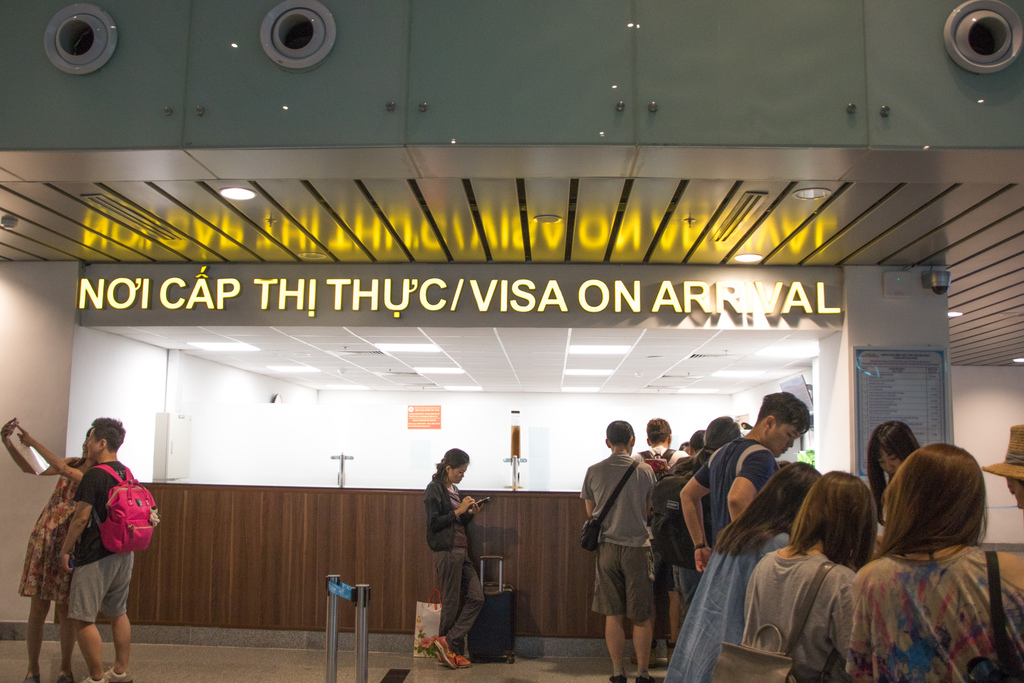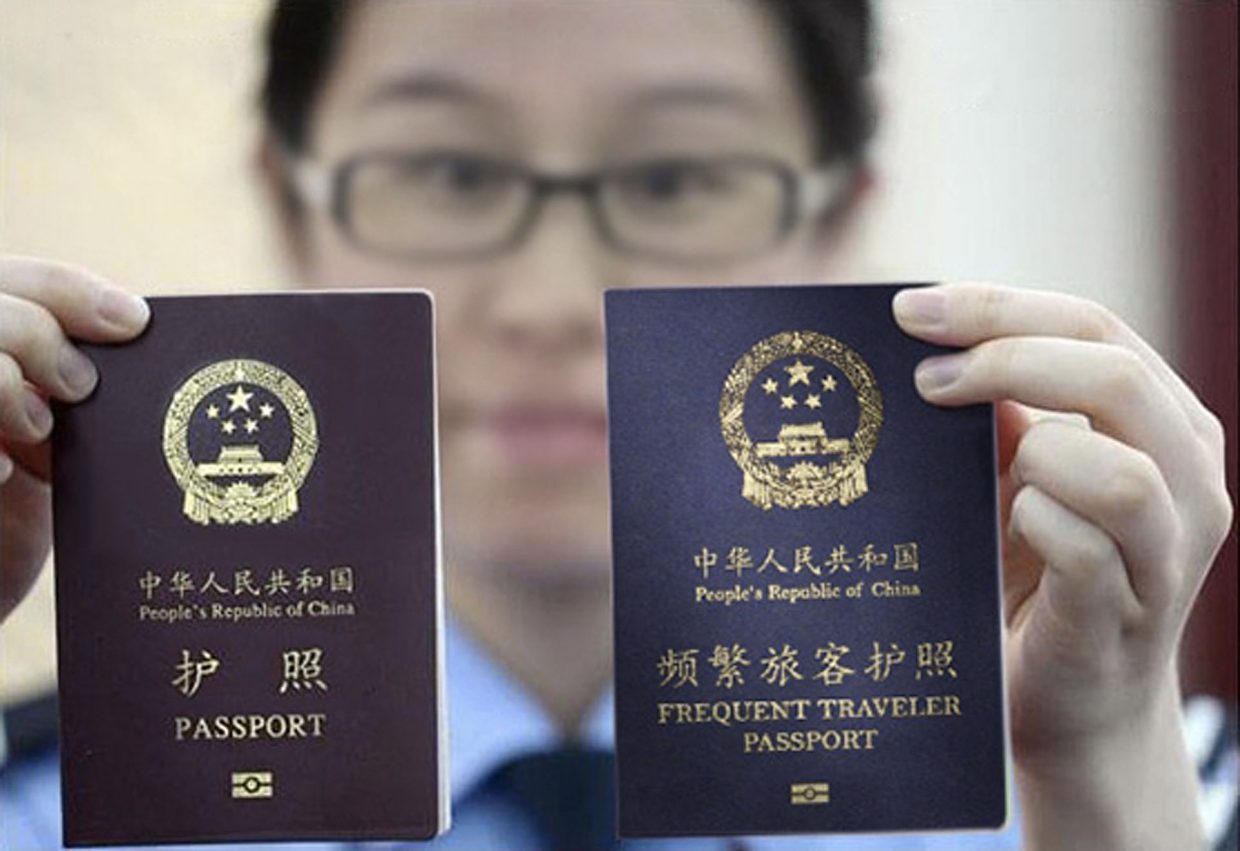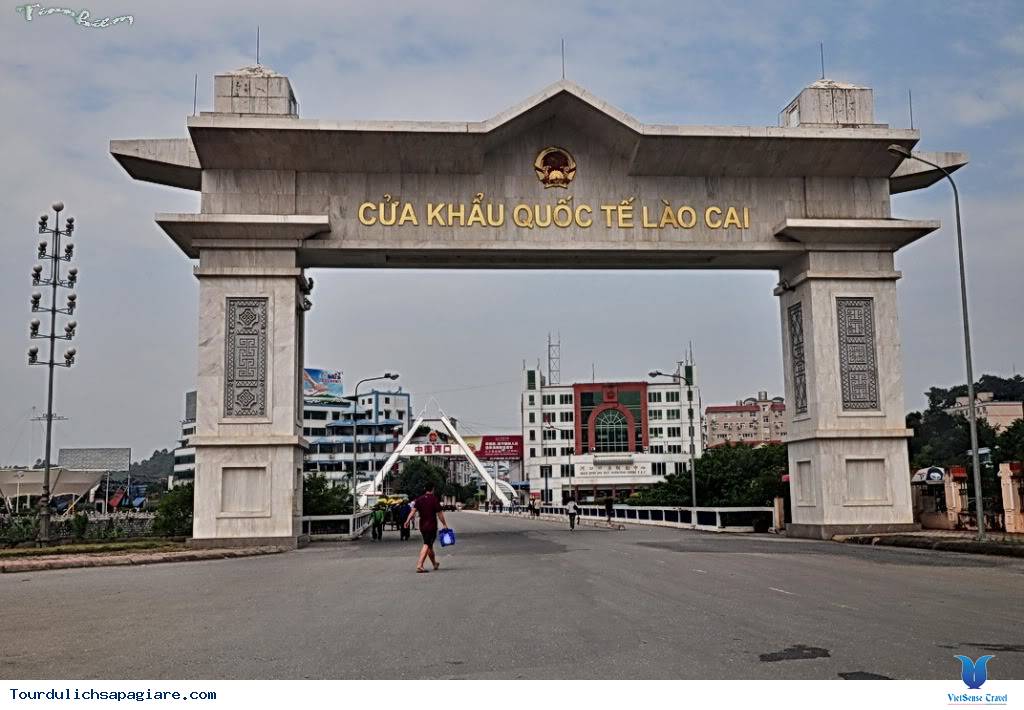Vietnam is a hub of many natural picturesque landscapes and beautiful cave for the travelers to visit and enjoy the time in the country. Many travelers face difficulties when they search for a visa to apply to visit Vietnam.

When you decide to travel anywhere around the world, it is necessary to have a passport that has a validity of at least six months. But the traveler may be confused with the type of visa he may opt for or which one suits him the best, and which one gives him more benefit? These questions are general that come in mind of the applicant once he decides to apply for a visa to visit any country.
If you are a confused applicant who wants to travel to Vietnam, then this is the best place you landed. The Vietnam visa is of two types, Vietnam e-visa and Vietnam visa on arrival. This article will walk you through the points of Vietnam e-visa vs. visa on arrival to help you gain the knowledge of the benefits or disadvantages of the permits and decide which one you should opt for.
The Vietnam e-visa vs. visa on arrival points has few ground rules that are common to both. Both the permits require the applicant to possess a passport validity of at least six months. Both the visa requires you to apply for the visa online and fill the application form. Either you apply for the Vietnam e-visa or the Vietnam visa on arrival, you receive the e-visa or approval letter via the email you provide in the application form.
There are many advantages and disadvantages of both the visa types for Vietnam. The Vietnam e-visa vs. visa on arrival points are separated in the following paragraphs.
The first and foremost advantage of Vietnam e-visa is that it is accepted at the 33 port of entries of Vietnam (List of Ports that allowed foreigners enter and exit Vietnam by E-visa.). Many seaports, land ports, and airports allow travelers to gain entrance in Vietnam with Vietnam e-visa.
The applicant pays the fee entirely for the e-visa when he is applying for it online. That means you have to reach the Vietnam ports of entries where you will only show your Vietnam e-visa, and you get through the passport control counter quickly and easily.
The disadvantage of Vietnam e-visa is that is it only applicable for listed eighty-one countries (List Of Countries That Allowed For Vietnam E-Visa). No other country apart from the list can get the Vietnam e-visa to enter Vietnam. The Vietnam e-visa is not extendable, and the traveler can have only one entry in Vietnam with this visa. There is no refund for the fee they paid while applying for the visa if it gets denied or even rejected.
The Vietnam e-visa is eligible for the limited countries that one should look before opting for this type of visa. Not to mention, the ports of entries are also limited where the e-visa is accepted. There are sixteen land ports, eight airports, and nine seaports that readily allow the e-visa from the travelers to let them enter the country. Make sure you travel to one of these ports of entries when you have an e-visa with you.
Documents required for Vietnam e-visa :
The traveler should make sure to complete all the documents while filling the online application and print out the e-visa to give the officer at the Vietnam port of entries.
The Vietnam e-visa vs. visa on arrival criteria differs from one another. The applicant must look into the depth of the requirements to avoid any mishaps.
The Vietnam e-visa vs. visa on arrival points are different from one another in many different ways. Let’s consider the advantages and disadvantages of opting for a Vietnam visa on arrival.
The foremost advantage of the Vietnam visa on arrival is that the traveler can gain multiple entries with the visa on arrival. The applicant can also stay in Vietnam for thirty days or ninety days too. If the applicant is a US national, then they have the option to stay in Vietnam for over a year on the Vietnam visa on arrival. The Vietnam visa on arrival can also be extended, depending on the purpose of the applicant to be in Vietnam.
However, the visa on arrival requires the traveler to pay in cash the amount of stamp once he arrives at the Vietnam international airport. Not to mention, the traveler who opts for a Vietnam visa on arrival can only avail of this visa if he is traveling via air. No other port of entry entertains the traveler with a visa on arrival. The visa on arrival requires the applicant to do more paperwork as compared to the Vietnam e-visa.
Additionally, when the traveler reaches the airport, he needs to submit two passport size photos together with the passport to the immigration officer to get the visa stamp. The traveler will also require to stand in the line to wait for his turn to get the seal, which can be tiring too.
The Vietnam e-visa vs. visa on arrival points show that Vietnam e-visa is more convenient than the Vietnam visa on arrival.

Vietnam is a hub of many natural picturesque landscapes and beautiful cave for the travelers to visit and enjoy the time in the country. Many travelers face difficulties when they search for a visa to apply to visit Vietnam.

The visa application is a process that is long and tedious, and sometimes it can be very exhaustive too. But Vietnam Government has made this protracted process a straightforward and easy one for many nationals.

The Chinese nationals can face difficulties in obtaining Vietnam e-visa because of the controversy on their microchipped passports (passport with nine dash line map). The Chinese e-passport holders are now required to apply for Vietnam visa individually via a different process for application (visa at the embassy or visa on arrival).

Almost all the states require their nationals to get hold of a Vietnam visa and gain entrance in Vietnam. Only except for a few countries whose citizens can enter Vietnam visa-free.

When you decide on going to Vietnam for your next fun trip, the first thing that hits your mind is the process of applying for the Vietnam visa. There are different types of visas that the applicants can opt for.

Vietnam transit visa is the document that allows travelers to enter Vietnam while they move to another country after waiting in Vietnam for a short time. This visa is only for travelers who wish to stay in Vietnam for a brief time, say a few hours or a day to reach their final destination.

Traveling with family is always fun. But the part where the parents have to get the passport and visa ready for their children is a task full of hassle.

Traveling to Vietnam has become easy via the electronic system that the government has introduced. One can quickly get an electronic visa, also called e-visa, from anywhere around the world to enter Vietnam.